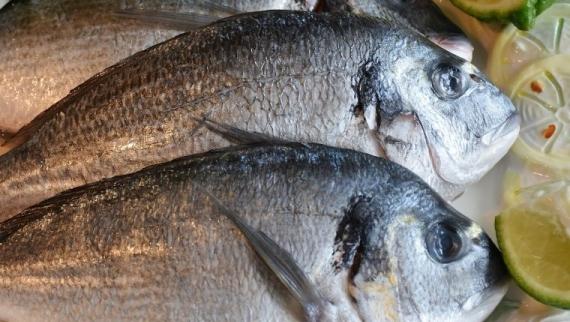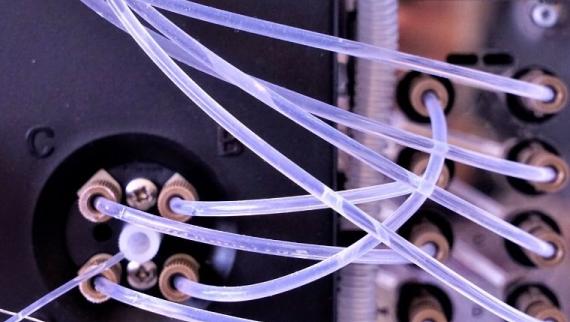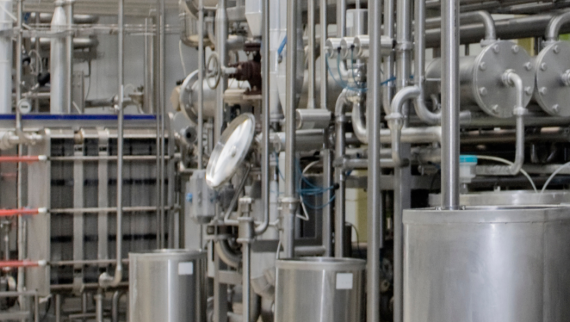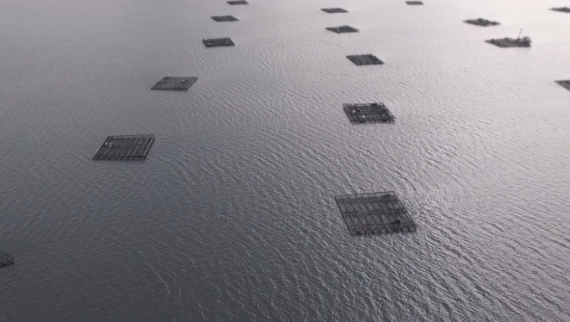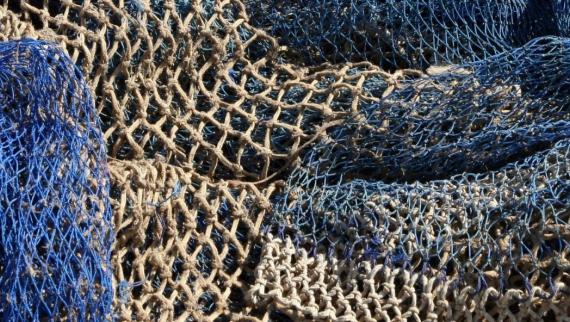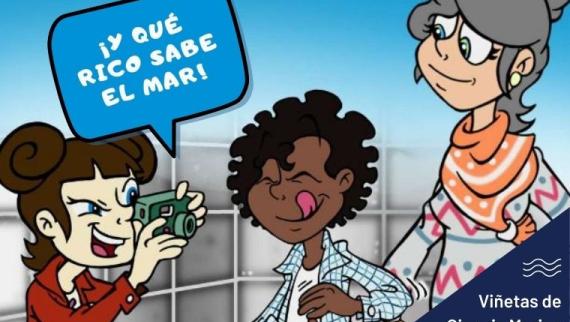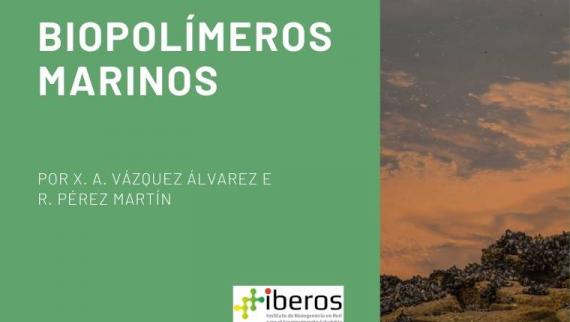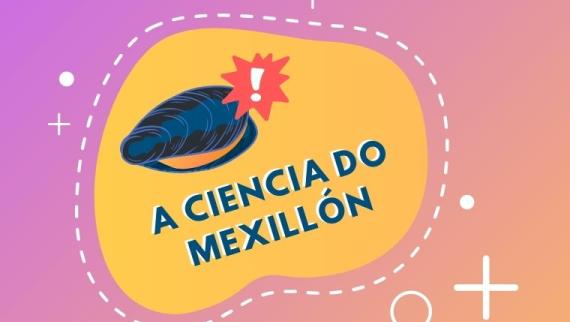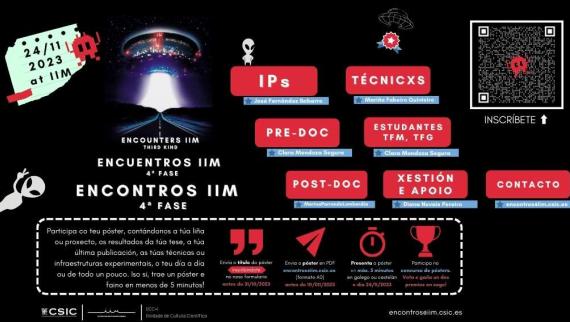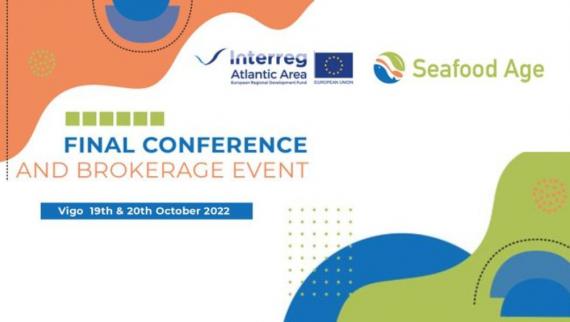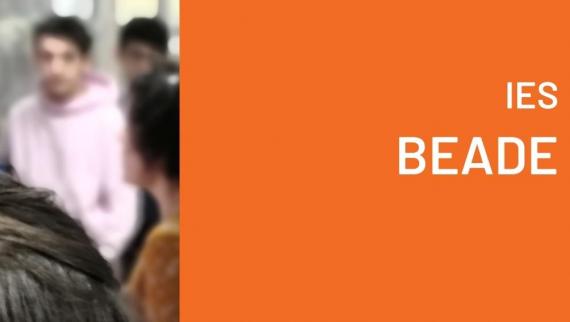Recycling and Valorization of Waste Materials
Closing the loop: new value chains inspired by the marine biorefinery concept.
All along the value chain of marine products, the different transformations undergone by the product generate waste that is usually disposed of. Finding a new life for materials that are nowadays considered waste is a key path to real sustainability.
The Recycling & Valorization of Waste Materials (ReVal) research group works to develop, optimize and scale new processes designed to provide new value to effluents and by-products from different food industry sectors, such as the marine, aquaculture and fisheries sectors or the agri-food industry.
To do this, the group is inspired by the concept of ‘marine biorefinery’. This concept seeks to optimize the number and quality of products that can be produced out of marine organic materials. Gelatins, cartilage, fish protein hydrolysates, marine peptones, chondroitin sulfate, chitin derivatives and bioapatite are only some of the added-value products that the group is able to collect.
In addition, the potential of microorganisms to produce biotechnological compounds is a key tool for ReVal: they can be used in bioconversion processes to produce probiotics, bacteriocins, lactic acid, enzymes, astaxanthin or hyaluronic acid in different procedures and types of operations, also optimising the separation-purification stages of microbial metabolites.
Another leap towards sustainability, driven by the group’s experimentation with microorganisms, is microbial bioremediation of oil spills in marine environments. The group investigates the application of dispersants and coastal cleaning agents to remove oil adhered to rock surfaces, a remediation measure that can be applied in ecotoxicologically and environmentally safe conditions.
Additionally, the group investigates the application of mathematical modelling, both mechanistic and empirical, to different strategies related to chemical and biological processes. Based on their thorough knowledge of the interactions and transformations within a system, the group can model enzymatic, microbial and animal growth and bioactive responses, as well as complex dose-response relationships.
- INNOFITOTOX -
<p>Programa Ciencias Mariñas: Analíticas innovadoras de metabolitos do plancto</p>
Principal investigator:RiobóAgullaPilarFunding body:El Programa de Ciencias Mariñas de Galicia es 1 de los 5 programas de Ciencias Marinas de los Planes Complementarios de I+D+I con las CCAA del Plan de Recuperación Transformación y Resilencia (NextGenerationEU).Funding for IIM-CSIC:25300€Go to project pageFromto - LIFE REFISH -
<p>Flexible biorefinery to valorise discards and by-products of the European fish and seafood production (REFISH)</p>
Principal investigator:VázquezÁlvarezXosé AntónFunding body:LIFE Environment (Nature & Circular Economy)Funding for IIM-CSIC:357637€Go to project pageFromto - VALOR -
<p>Valorización integral de los efluentes y residuos de pieles generados en el proceso de producción de gelatinas marinas de alta calidad</p>
Principal investigator:VázquezÁlvarezXosé AntónFunding body:CSICFunding for IIM-CSIC:21600€Go to project pageFromto - BBM -
<p>Biotecnología y Bioprocesos Marinos</p>
Principal investigator:GonzálezSoteloCarmenFunding body:Ayudas cofinanciadas con fondos de la Agencia Gallega de Innovación de la Xunta de GaliciaFunding for IIM-CSIC:75000€Go to project pageFromto - SEAFOODAGE -
<p>Smart and eco-innovative SEAFOOD processes and products for healthy AGEing</p>
Principal investigator:BalsaCantoEvaFunding body:Project co-funded by the Interreg Atlantic Area Programme through the European Regional Development Fund.Funding for IIM-CSIC:374161€Go to project pageFromto
- Alves, A.L.; Costa-Gouveia, J.; Vieira de Castro, J.; Sotelo, C.G.; Vázquez, J.A.; Pérez-Martín, R.I.; Torrado, E.; Neves, N.; Reis, R.L.; Castro, A.G.; Silva, T.H. (2022) Study of the immunologic response of marine-derived collagen and gelatin extracts for tissue engineering applications Acta Biomaterialia DOI:10.1016/j.actbio.2022.01.009
- Pedreira, A.; Vázquez, J.A.; García, M.R. (2022) Kinetics of Bacterial Adaptation, Growth, and Death at Didecyldimethylammonium Chloride sub-MIC Concentrations Frontiers in Microbiology DOI:10.3389/fmicb.2022.758237
- Rodrigues, D.P.; Calado, R.; Pinho, M.; Rosário Domingues, M.; Antonio Vázquez, J.; Ameixa, O.M.C.C. (2022) Bioconversion and performance of Black Soldier Fly (Hermetia illucens) in the recovery of nutrients from expired fish feeds Waste Management DOI:10.1016/j.wasman.2022.01.035
- Valcarcel, J.; Vázquez, J.A.; Varela, U.R.; Reis, R.L.; Novoa-Carballal, R. (2022) Isolation and characterization of polysaccharides from the ascidian styela clava Polymers DOI:10.3390/polym14010016
- Valcarcel, J.; Hermida-Merino, C.; Piñeiro, M.M.; Hermida-Merino, D.; Vázquez, J.A. (2021) Extraction and characterization of gelatin from skin by-products of seabream, seabass and rainbow trout reared in aquaculture International Journal of Molecular Sciences DOI:10.3390/ijms222212104
- PhD - Miguel Ángel Prieto Lage (06/11/2014) Formulación y optimización de métodos analíticos empleando modelos matemáticos dependientes del tiempo y la dosis para la caracterización, identificación y cuantificación eficiente de respuestas individuales, sinérgicas y antagónicas de anti- y pro-oxidantes. Aplicación práctica con diferentes sustratos alimentarios UNIVERSIDAD DE VIGO
- PhD - Diego Rial Conde (04/10/2013) Toxicity and marine risk assessment of spill treating agents and oil UNIVERSIDAD DE VIGO
<p>Estudios de viabilidad para la valorización de cabezas de tiburón azul y de efluentes de la cocción de mejillón y de cefalópodos</p>
Principal investigator:VázquezÁlvarezXosé AntónFunding body:Conservas RIANXEIRA SAUFunding for IIM-CSIC:84700€Go to project pageFromto
- Capabilities | Development of new food products from fisheries and aquaculture by-products
Development of processes for the transformation of discards and seafood by-products into new raw materials (fish mince, fish oil, etc.) with added value for the generation of innovative processed food products (hamburgers, nuggets, etc.), ensuring traceability, nutritional value and safety in new value chains.
- Capabilities | Development of bioprocesses (biorefineries) for the extraction of bioproducts and bioactive compounds from food industry by-products
Development of processes that allow extracting useful components of industrial interest from discards and food industry by-products and effluents. Biochemical characterization of useful components present in different kinds of fisheries products and by-products, such as skin collagen, visceral enzymes, chondroitin sulphate present in cartilage, chitin from crustacean shells and cuttlebone or protein hydrolysates obtained from muscle. Evaluation of potential applications of these compounds through the characterization of their biological activities (antioxidants, etc.) and functional properties for their use in different industries, such as biomedical, chemistry, cosmetic, food, etc.
- Capabilities | Design of disinfection procedures and modeling for the prevention of antimicrobial resistance
Development of chemical (combinations of disinfectants, essential oils) and biological (enzymes, phages) strategies that are effective for removing monospecific and mixed microbial biofilms from surfaces in the food industry. Biocide testing and development of better biocide dosage strategies for the food industry, ensuring food safety while avoiding antimicrobial resistance acquisition.
- Capabilities | Modeling and optimization of fermentative processes and other bioprocesses with industrial utilization
Development of mathematical algorithms and simulation software for global optimization and control of bioprocesses in the food and biotechnological industry
- Capabilities | Bioremediation
Microbiological treatment of oil spills (bioremediation) in marine environments. Application of dispersants and coastal cleaning agents under ecotoxicologically safe conditions to remove oil adhered to rock surfaces.
- Prototype | Morbidostat: Unraveling Antimicrobial Resistance
Morbidostat is a computer-controlled continuous culture device that automatically adjusts drug concentration to maintain constant growth inhibition in microbial cultures. As bacteria acquire mutations that give them resistance against drugs, they are able to tolerate higher drug concentrations and grow faster, thus removing selective pressure, the driving force of evolution. To compensate for this, morbidostat increases drug concentration sufficiently to keep bacteria at their original growth rate, therefore maintaining selective pressure over time. This system allows for data acquisition to model microbial evolution under antimicrobial stress, optimize biocide dosage strategies and develop highly antimicrobial-resistant strains used to test the performance of new biocides, among other applications.
- Pilot | iDVP: Integral Discharges Valorization Point
Developed within the Life iSEAS project, in iDVP, the biorefinery concept is applied to the integral revalorization of fishing discards. It consists of devices for crushing/grinding/homogenization, autoclave, meat-bone separator for fish mince production, 300-500 L reactors configured for controlled chemical/enzymatic hydrolysis, biocompound separation and purification systems including tricanter centrifuges and membrane equipment (micro and ultrafiltration), and devices used for concentration (vacuum evaporator) and drying (freeze-dryer and spray dryer). For further information, please contact us by e-mail.
- Patent | Procedure for the extraction of hyaluronic acid from fish vitreous humor
Authors: Miguel Anxo Murado; Maria Montemayor Castroviejo; Marta López Cabo; Maria del Pilar Gonzalez Fernández; Laura Pastoriza Enriquez
Technique for the preparation of hyaluronic acid (AH) based on fish vitreous humor for its use in cosmetics and clinical work. The process comprises protein electrodeposition and simultaneous diafiltration with total recirculation. This procedure allows for selective recovery of impure sediments, precipitation of AH and solubilization of proteins, yielding AH with purity over 99.5%. More detailed information can be found here.



